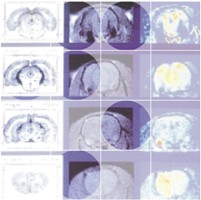More about the Institute |
|
Evolvement of research areas The broad spread of analytical expertise in the Institute has enabled a number of environmental health problems to be tackled. For example, the world's second largest mining area for mercury is located near Idrija and water draining the cinnabar deposits is seriously contaminated. A major study of the uptake and distribution of mercury and other toxic elements in humans has been carried out, showing amongst other things, that selenium accumulates in tissues where there are high levels of mercury uptake. This work has been coupled with an occupational health survey. |
J. Stefan Institute, Jamova 39, 1000 Ljubljana, Slovenia, Telephone: +386 1 477 39 00 |

